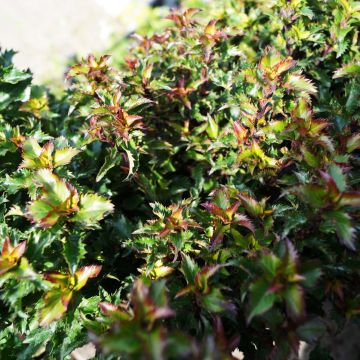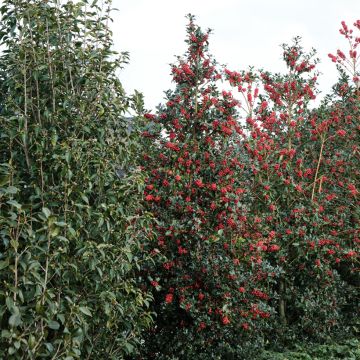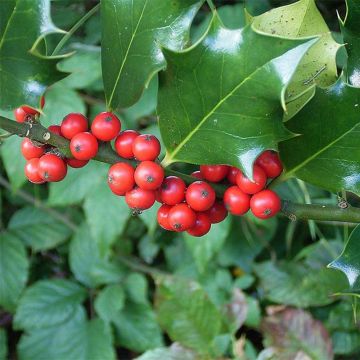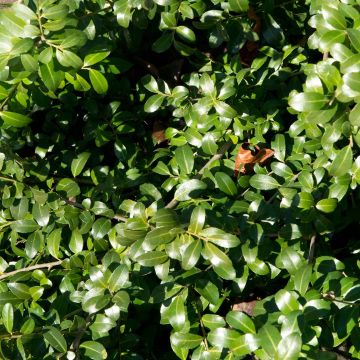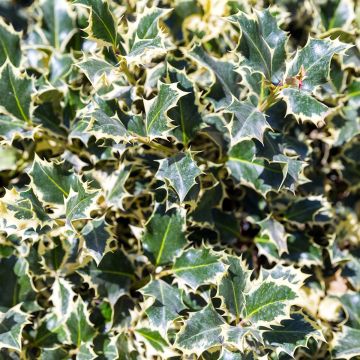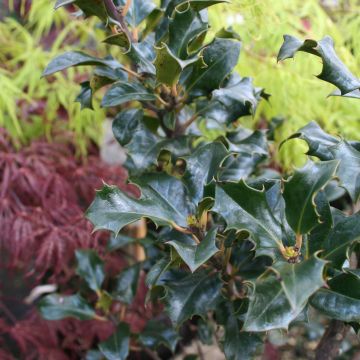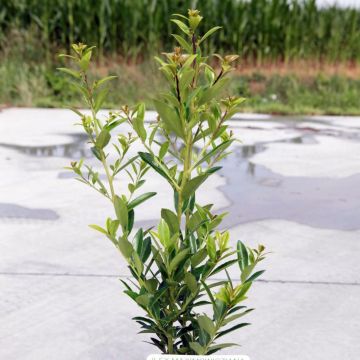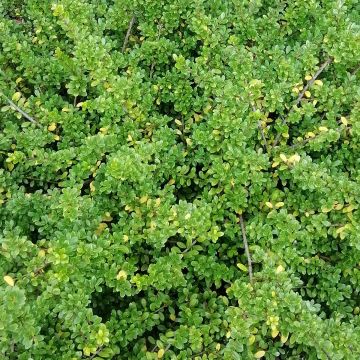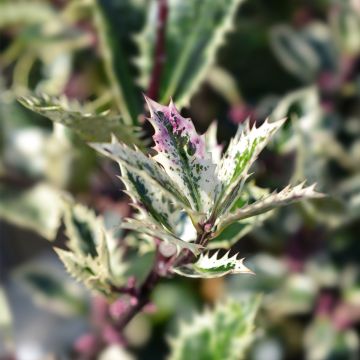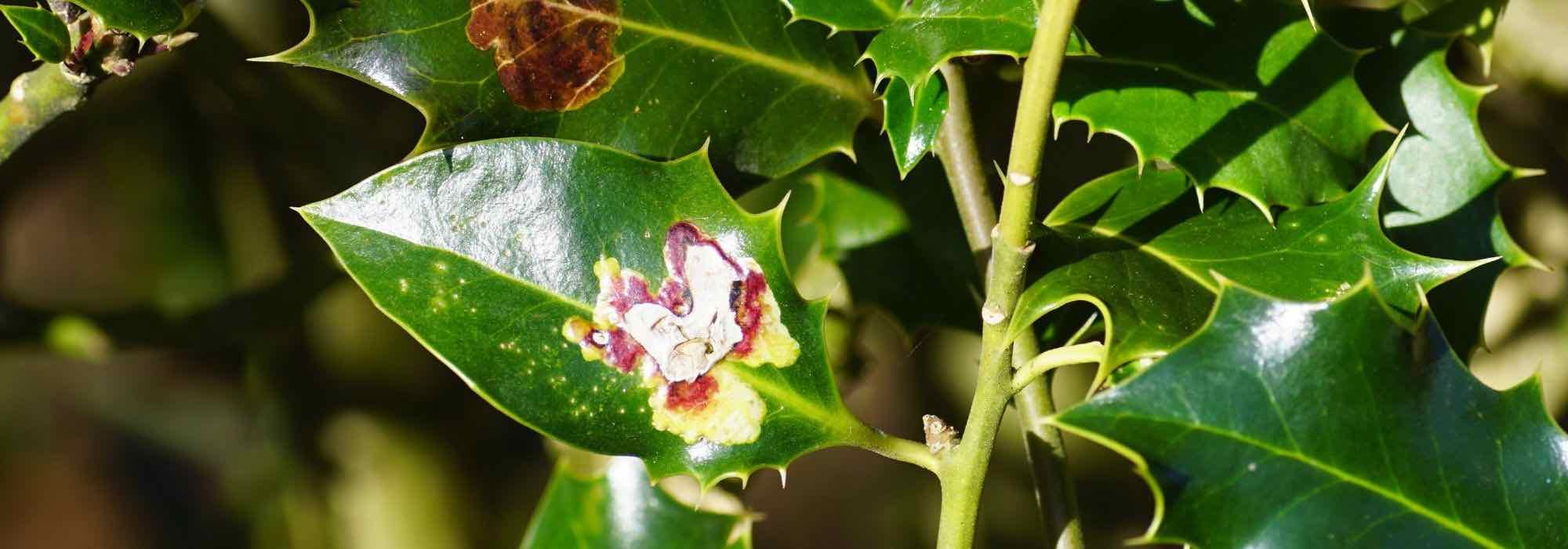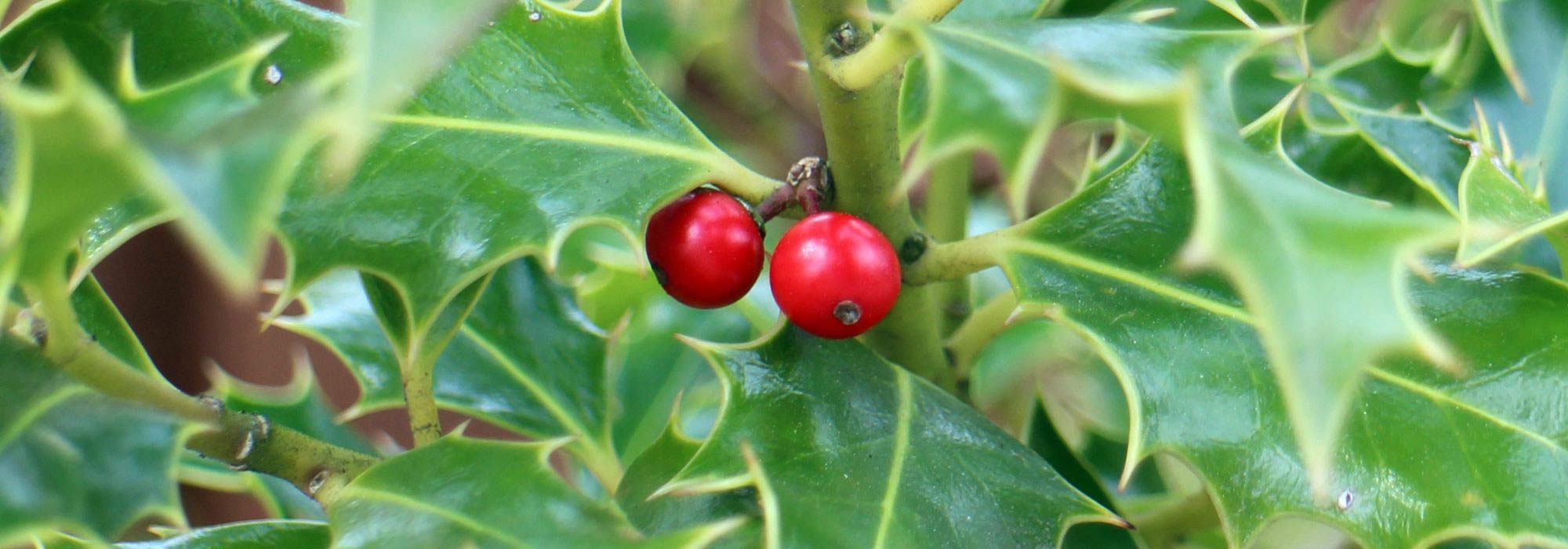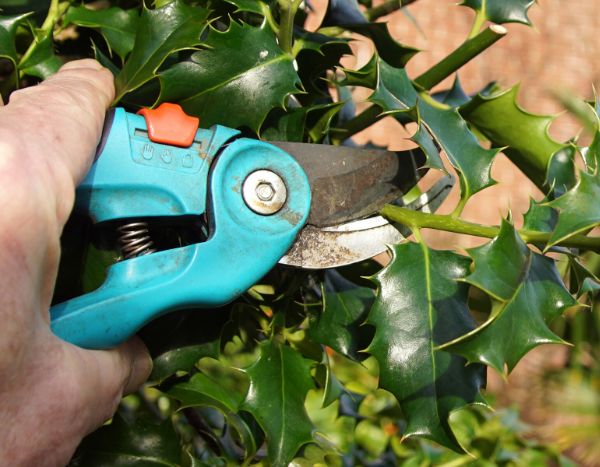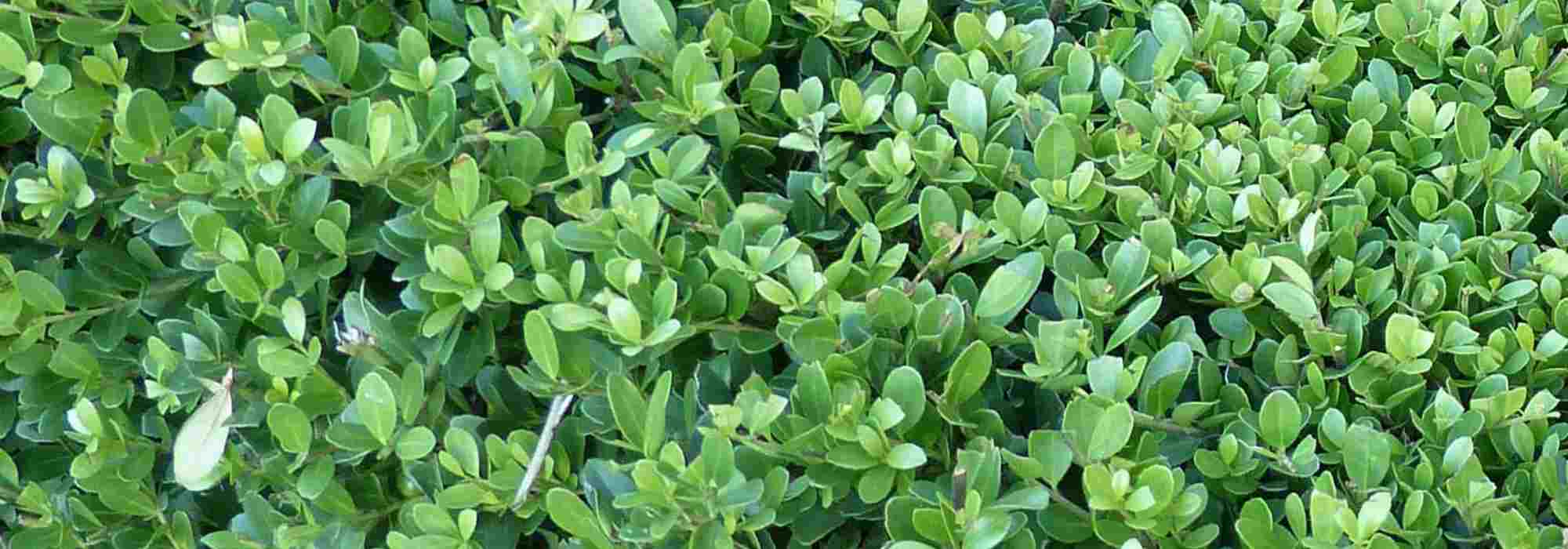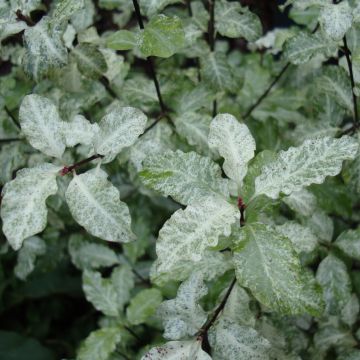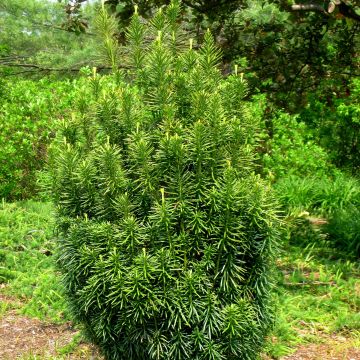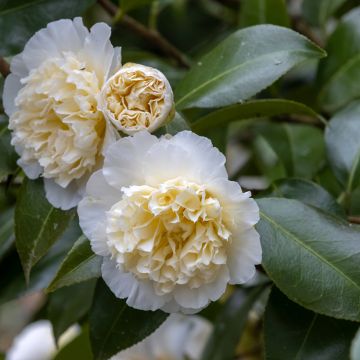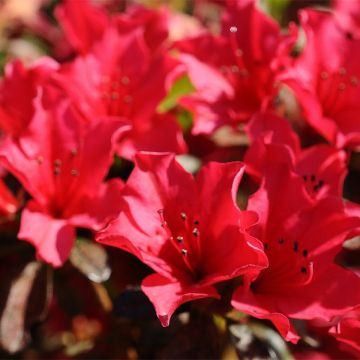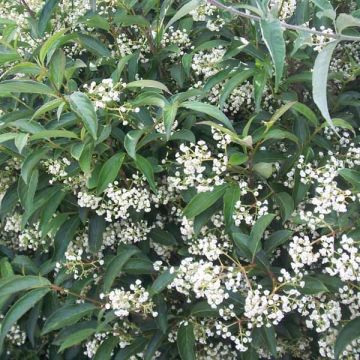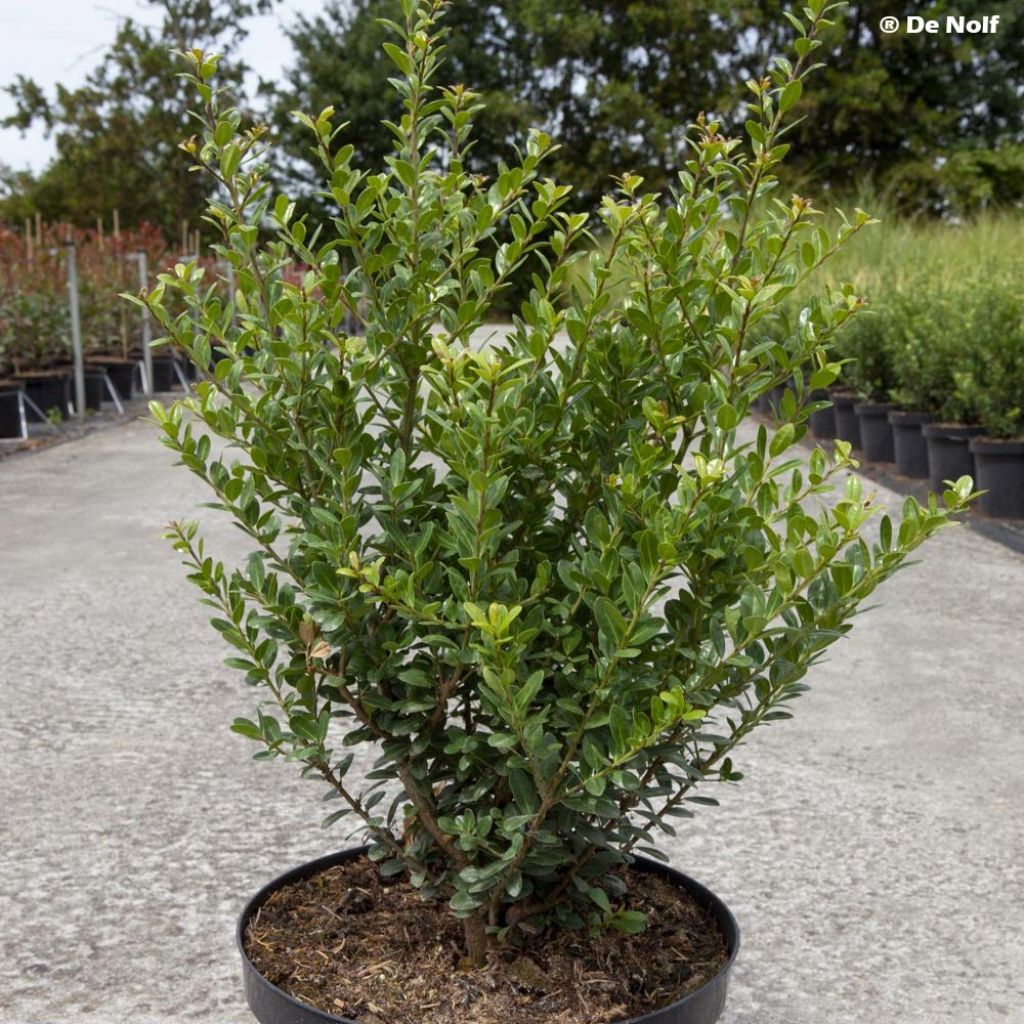

Ilex crenata Caroline Upright - Japanese Holly
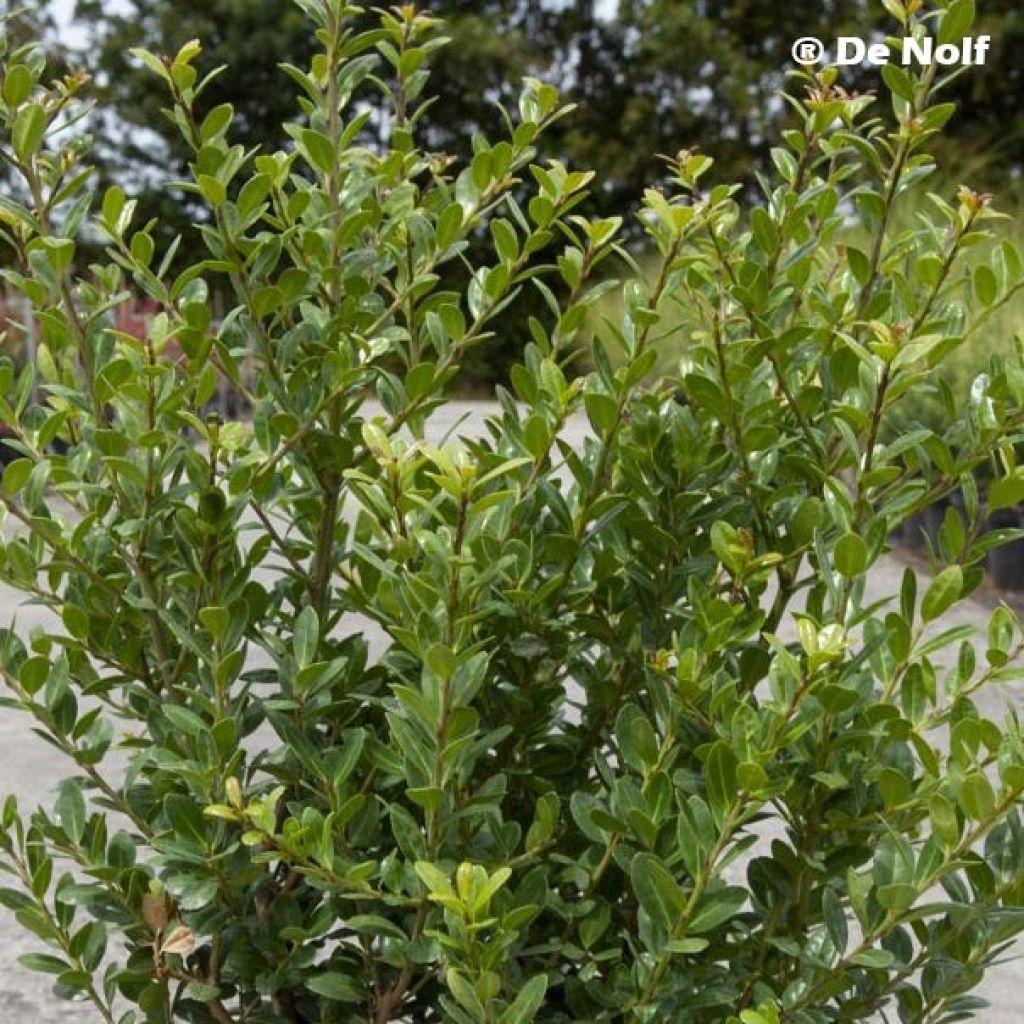

Ilex crenata Caroline Upright - Japanese Holly
Ilex crenata Caroline Upright - Japanese Holly
Ilex crenata Caroline Upright
Japanese Holly, Box-leaved Holly, Box-leaved Ilex, Dwarf Holly
Plant received in 3 days at the collection point Perfect packaging with stakes, bubble wrap, etc... preventing the young plant from moving regardless of the orientation of the outer carton; Plant in perfect condition in moist and extra soil; So much better than in the large garden centres. It was my first order, a gardening friend recommended your website to me; I am DELIGHTED !!!
Isabelle, 13/11/2020
Special offer!
Receive a €20 voucher for any order over €90 (excluding delivery costs, credit notes, and plastic-free options)!
1- Add your favorite plants to your cart.
2- Once you have reached €90, confirm your order (you can even choose the delivery date!).
3- As soon as your order is shipped, you will receive an email containing your voucher code, valid for 3 months (90 days).
Your voucher is unique and can only be used once, for any order with a minimum value of €20, excluding delivery costs.
Can be combined with other current offers, non-divisible and non-refundable.
Home or relay delivery (depending on size and destination)
Schedule delivery date,
and select date in basket
This plant carries a 24 months recovery warranty
More information
We guarantee the quality of our plants for a full growing cycle, and will replace at our expense any plant that fails to recover under normal climatic and planting conditions.
Would this plant suit my garden?
Set up your Plantfit profile →
Description
Ilex crenata 'Caroline Upright' is a variety of holly with a naturally upright habit, which can be used in the garden as a miniature boxwood or yew. It is particularly suitable for cloud pruning (Niwaki). This evergreen, non-prickly shrub has small rounded leaves of a beautiful glossy green and can be shaped in various ways, both in the ground and in pots. The female plants produce pretty black berries from September to March. While it is very hardy and grows faster than boxwood, it still requires moist soil that is low in limestone, and a sheltered position away from the scorching sun to thrive. Often used in Japanese gardens, it allows for experimentation with topiary art!
Holly crenata is a shrub native to Japan, belonging to the Aquifoliaceae family. The 'Caroline Upright' variety, with its slow to moderately fast growth and particularly upright habit, reaches an average height of 2 m to 3 m (6.6 ft to 9.8 ft) with a spread of 2 m (6.6 ft). It is also distinguished by its small, tough, dark green, crenate, non-prickly and glossy leaves. All hollies are dioecious plants, meaning there are male and female subjects. Only the female ones bear fruits. The female 'Caroline Upright' holly produces insignificant but nectar-rich small flowers in spring, with a matte white colour, which will form a fruiting of fleshy and round black berries after fertilisation by a male holly planted nearby. Recognising the sex of the flowers requires a trained eye; they all have four white petals and a waxy surface, but male flowers can be identified by their four prominent yellow stamens, while female flowers have a short, oval green pistil. The same shrub can produce both male and atrophied female flowers, which cannot be pollinated. The seeds are dispersed by birds that love the fruits.
With a faster growth rate than boxwood and malleable according to everyone's fancy, Ilex crenata 'Caroline Upright' satisfies gardeners who appreciate well-trimmed hedges and plant sculptures. It is perfect in a hedge, whether monospecific or mixed, alongside Eleagnus, Viburnum tinus, Cotoneaster lacteus, Photinia serratifolia or Mexican orange. It mainly dislikes limestone, which causes its beautiful foliage to turn yellow, and prefers well-drained, fairly fertile soil. Hardy well beyond -15° C (5° F), it thrives in partially shaded to shaded areas, such as under trees or on the edge of woodland, in a large natural garden. When grown as a specimen, trained as a topiary or shaped as a small tree, it attracts attention in winter.
The 'Caroline Upright' cultivar is well-suited for cloud pruning. It can also be used in large containers. Plant it
Hollies are both beloved plants and misunderstood vegetation. The genus includes nearly 800 deciduous or evergreen species, generally native to the temperate Northern Hemisphere. These very ancient plants have experienced the alternation of glacial periods and dry, hot periods in our climatic history, making them extremely adaptable and resistant vegetation. Their wood, ranging from white to cream, is very low in water, even when green. It is dense and heavy, but soft and easy to work with in cabinet-making. It is also an excellent fuel for heating, even when green. Finally, their foliage and (inedible) berries are rich in caffeine. Tea is prepared with their leaves in the Black Forest.
Ilex crenata Caroline Upright - Japanese Holly in pictures
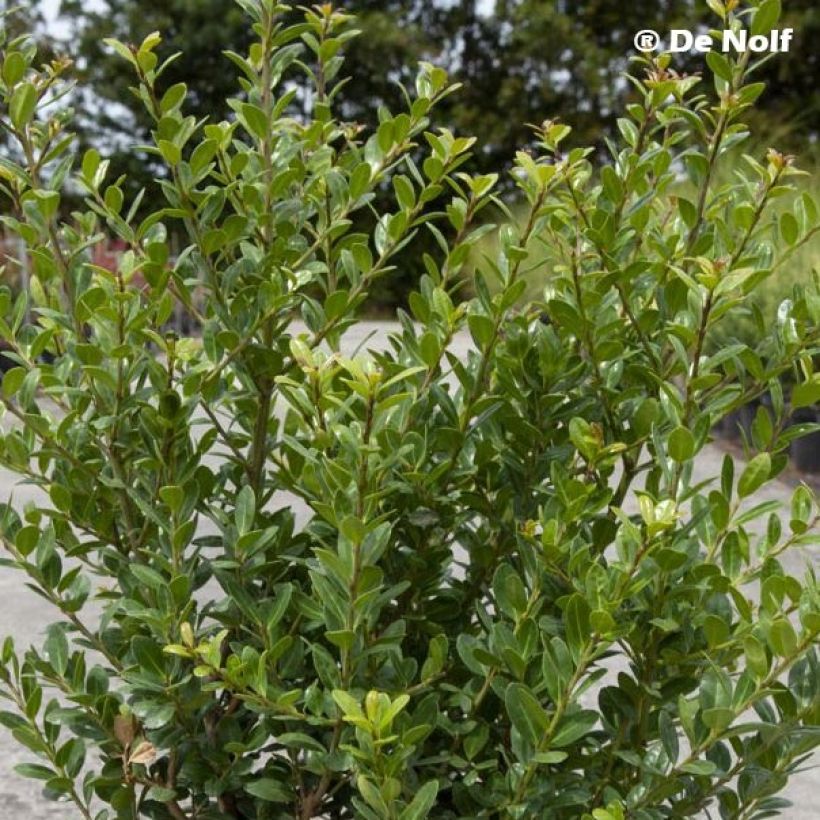



Plant habit
Flowering
Foliage
Botanical data
Ilex
crenata
Caroline Upright
Aquifoliaceae
Japanese Holly, Box-leaved Holly, Box-leaved Ilex, Dwarf Holly
Cultivar or hybrid
Other Ilex - Holly
View all →Planting and care
Add a generous amount of compost to the soil in your garden, to acidify it slightly while enriching it. If your soil is rich in active limestone, the holly may tend to develop chlorosis (the foliage gradually turns yellow around the leaf veins). Choose a partially shaded or shaded location in a warm climate. Follow the watering instructions (using non or low-limestone water) for the first 3 years, especially during prolonged droughts, to help the bush establish itself. It will then manage on its own, as it tolerates drought fairly well. In the first few years, do some pruning in the spring to shape the bush, selecting the branches you want to keep. Step back to get a view of your holly as a whole, to determine the shape and arrangement of the short stems. Holly may be attacked by holly leaf miners, white scale insects in the spring, and mites and aphids in the summer. Consider applying a preventive treatment at the beginning of the season. Ilex crenata prefers climates that combine cold winters and mild summers.
Planting period
Intended location
Care
Planting & care advice
-
, onOrder confirmed
Reply from on Promesse de fleurs
Similar products
Haven't found what you were looking for?
Hardiness is the lowest winter temperature a plant can endure without suffering serious damage or even dying. However, hardiness is affected by location (a sheltered area, such as a patio), protection (winter cover) and soil type (hardiness is improved by well-drained soil).

Photo Sharing Terms & Conditions
In order to encourage gardeners to interact and share their experiences, Promesse de fleurs offers various media enabling content to be uploaded onto its Site - in particular via the ‘Photo sharing’ module.
The User agrees to refrain from:
- Posting any content that is illegal, prejudicial, insulting, racist, inciteful to hatred, revisionist, contrary to public decency, that infringes on privacy or on the privacy rights of third parties, in particular the publicity rights of persons and goods, intellectual property rights, or the right to privacy.
- Submitting content on behalf of a third party;
- Impersonate the identity of a third party and/or publish any personal information about a third party;
In general, the User undertakes to refrain from any unethical behaviour.
All Content (in particular text, comments, files, images, photos, videos, creative works, etc.), which may be subject to property or intellectual property rights, image or other private rights, shall remain the property of the User, subject to the limited rights granted by the terms of the licence granted by Promesse de fleurs as stated below. Users are at liberty to publish or not to publish such Content on the Site, notably via the ‘Photo Sharing’ facility, and accept that this Content shall be made public and freely accessible, notably on the Internet.
Users further acknowledge, undertake to have ,and guarantee that they hold all necessary rights and permissions to publish such material on the Site, in particular with regard to the legislation in force pertaining to any privacy, property, intellectual property, image, or contractual rights, or rights of any other nature. By publishing such Content on the Site, Users acknowledge accepting full liability as publishers of the Content within the meaning of the law, and grant Promesse de fleurs, free of charge, an inclusive, worldwide licence for the said Content for the entire duration of its publication, including all reproduction, representation, up/downloading, displaying, performing, transmission, and storage rights.
Users also grant permission for their name to be linked to the Content and accept that this link may not always be made available.
By engaging in posting material, Users consent to their Content becoming automatically accessible on the Internet, in particular on other sites and/or blogs and/or web pages of the Promesse de fleurs site, including in particular social pages and the Promesse de fleurs catalogue.
Users may secure the removal of entrusted content free of charge by issuing a simple request via our contact form.
The flowering period indicated on our website applies to countries and regions located in USDA zone 8 (France, the United Kingdom, Ireland, the Netherlands, etc.)
It will vary according to where you live:
- In zones 9 to 10 (Italy, Spain, Greece, etc.), flowering will occur about 2 to 4 weeks earlier.
- In zones 6 to 7 (Germany, Poland, Slovenia, and lower mountainous regions), flowering will be delayed by 2 to 3 weeks.
- In zone 5 (Central Europe, Scandinavia), blooming will be delayed by 3 to 5 weeks.
In temperate climates, pruning of spring-flowering shrubs (forsythia, spireas, etc.) should be done just after flowering.
Pruning of summer-flowering shrubs (Indian Lilac, Perovskia, etc.) can be done in winter or spring.
In cold regions as well as with frost-sensitive plants, avoid pruning too early when severe frosts may still occur.
The planting period indicated on our website applies to countries and regions located in USDA zone 8 (France, United Kingdom, Ireland, Netherlands).
It will vary according to where you live:
- In Mediterranean zones (Marseille, Madrid, Milan, etc.), autumn and winter are the best planting periods.
- In continental zones (Strasbourg, Munich, Vienna, etc.), delay planting by 2 to 3 weeks in spring and bring it forward by 2 to 4 weeks in autumn.
- In mountainous regions (the Alps, Pyrenees, Carpathians, etc.), it is best to plant in late spring (May-June) or late summer (August-September).
The harvesting period indicated on our website applies to countries and regions in USDA zone 8 (France, England, Ireland, the Netherlands).
In colder areas (Scandinavia, Poland, Austria...) fruit and vegetable harvests are likely to be delayed by 3-4 weeks.
In warmer areas (Italy, Spain, Greece, etc.), harvesting will probably take place earlier, depending on weather conditions.
The sowing periods indicated on our website apply to countries and regions within USDA Zone 8 (France, UK, Ireland, Netherlands).
In colder areas (Scandinavia, Poland, Austria...), delay any outdoor sowing by 3-4 weeks, or sow under glass.
In warmer climes (Italy, Spain, Greece, etc.), bring outdoor sowing forward by a few weeks.































